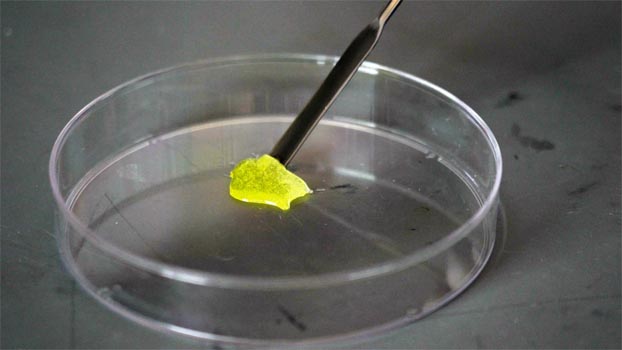New, two-step treatment refills and patches herniated discs

Along our backs, between each of our vertebrae, is a spinal disc consisting of a rubbery exterior called the annulus and a shock-absorbing, jelly like substance called the nucleus. Although mostly resistant to the wear and tear of daily life, the annulus may allow some of the nucleus to leak out and bulge into adjacent nerves, irritating them, report agencies.
The ruptured spinal disc is known as a herniated disc – a new treatment developed by Italian and American scientists both refills and patches the painful herniated discs, which is much more desirable than current surgical options.
After first removing the leaked nucleus, the scientists’ 10-minute procedure involves refilling the “deflated” disc with a replacement material and eventually sewing up the tear in the annulus. The replacement material is typically a hyaluronic acid gel while a collagen/riboflavin gel is applied to the tear in the annulus. When the photoactive riboflavin in the latter gel is activated by exposure to a high-intensity light source, the collagen fibres begin to “cross-link” with one another and form a solid patch. Cells from the surrounding annulus migrate into that patch over time, gradually replacing it with natural biological tissue and preventing repeat leakages.
The process has reportedly been successfully trialed on sheep and could soon see clinical application.
A delighted Prof. Lawrence Bonassar, Cornell University, US, who led the collaboration, said, “This is really a whole new approach to treating people who have herniated discs, other than walking around with a big hole in their intervertebral disc and hoping that it doesn’t re-herniate or continue to degenerate.”
Many people in the US experience back pain as a result of herniated discs or damaged vertebrae. Prof. Bonassar added that the new technique could be used to address this problem and also “fully restore the mechanical performance of the spine” in under two months post-injury.


